Unlocking the Power of "Why": Crafting a Compelling Sales Pitch for Your Product or Service
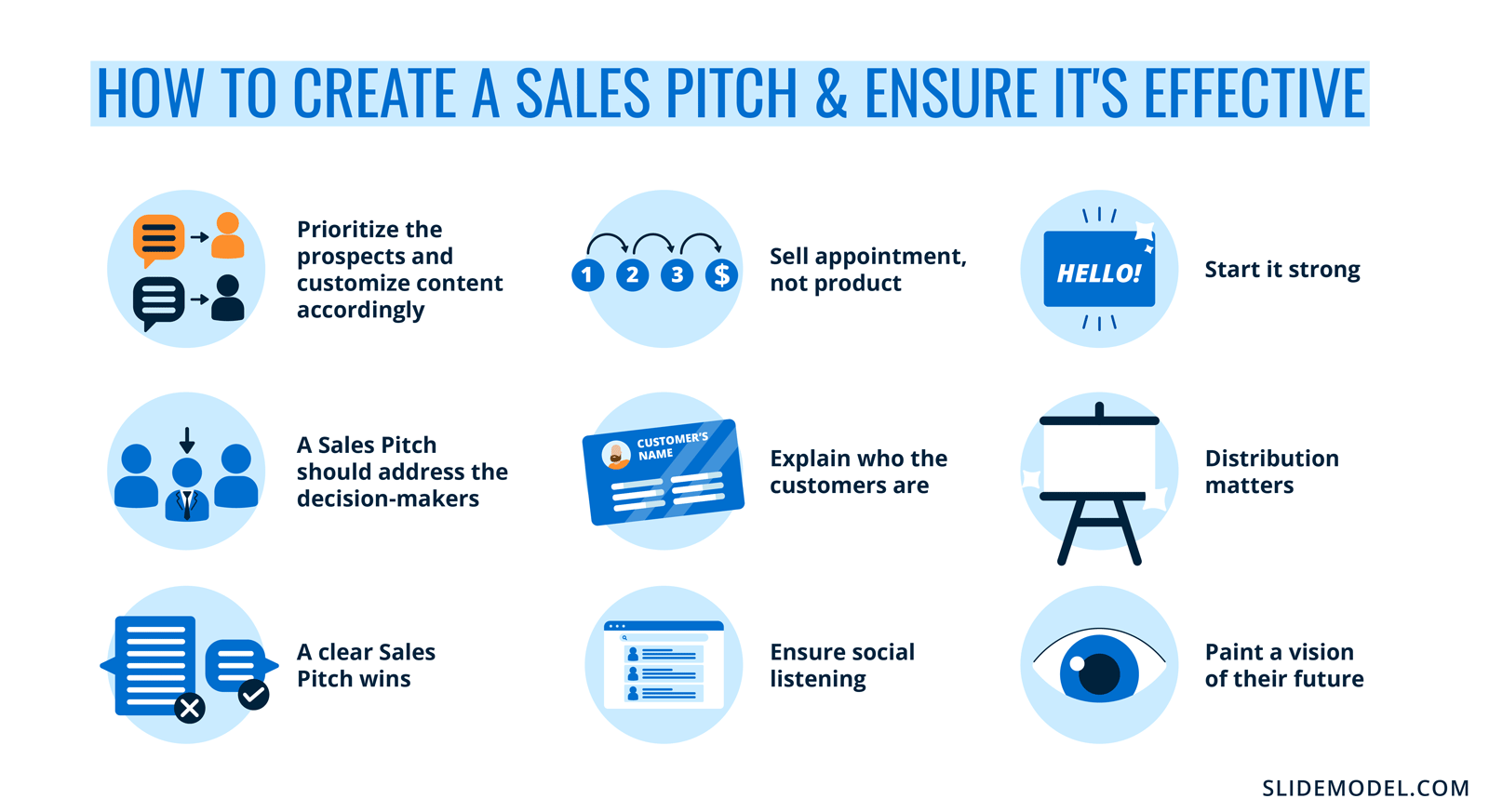
You’ve poured your heart and soul into crafting a product or service that you believe in. Now, the challenge lies in translating that passion into a compelling narrative that resonates with potential customers.
To effectively communicate the value of your offering, we need to understand both its inherent features and the specific benefits those features deliver to your ideal customer. Think of it like this: features are the ingredients, while benefits are the delicious meal.
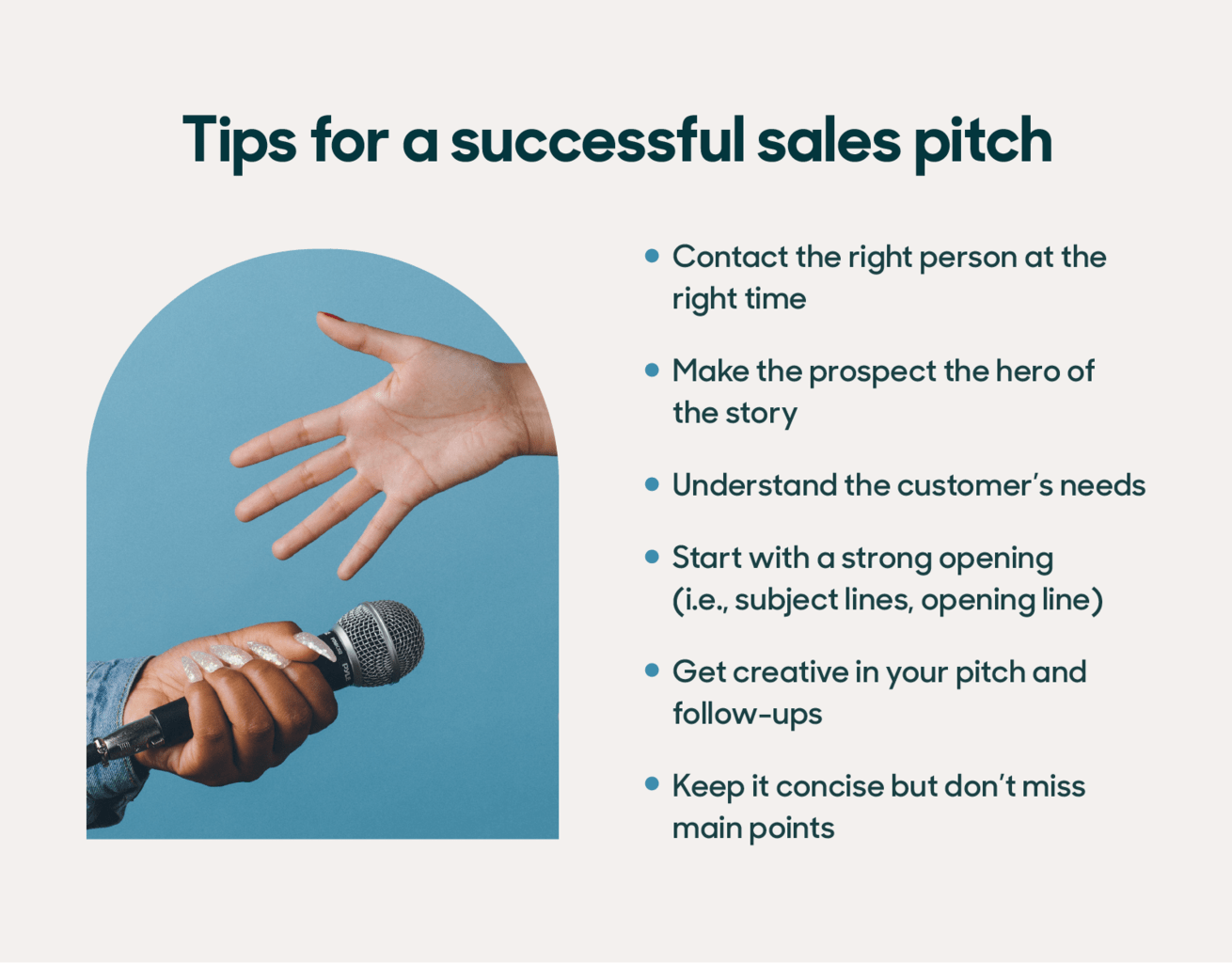
Let’s dive into this process, starting with the crucial question: Who is your ideal customer?
Defining Your Ideal Customer:
Before we can even start talking about features and benefits, we need a clear picture of who we’re talking to. This involves understanding:

- Demographics: Age, gender, location, income, education level, family size, etc.
- Psychographics: Lifestyle, values, interests, hobbies, motivations, aspirations, pain points, etc.
- Buying Behavior: How do they research products? Where do they shop? What are their preferred communication channels?
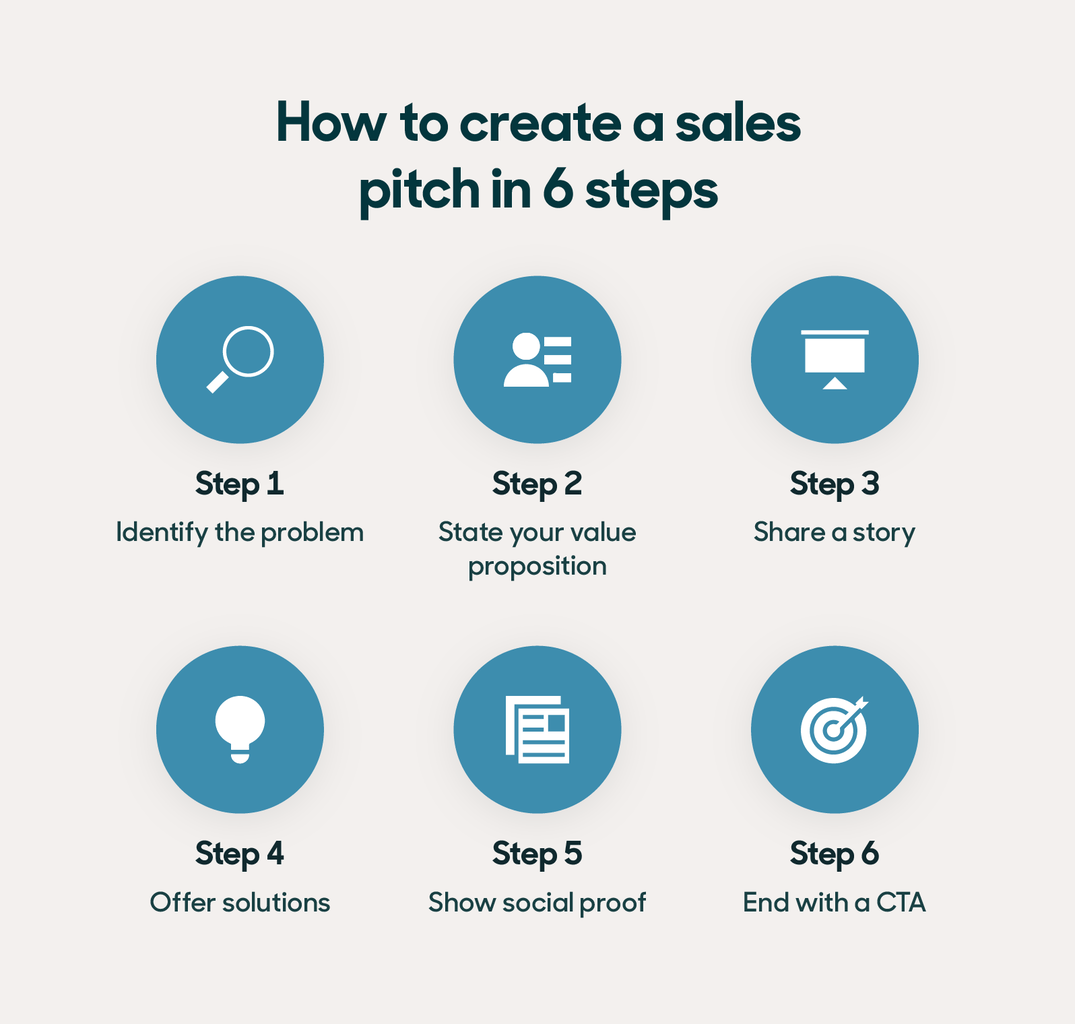

Once you have a strong understanding of your ideal customer, you can begin to tailor your message to their specific needs and desires.
Unveiling the Features and Benefits:
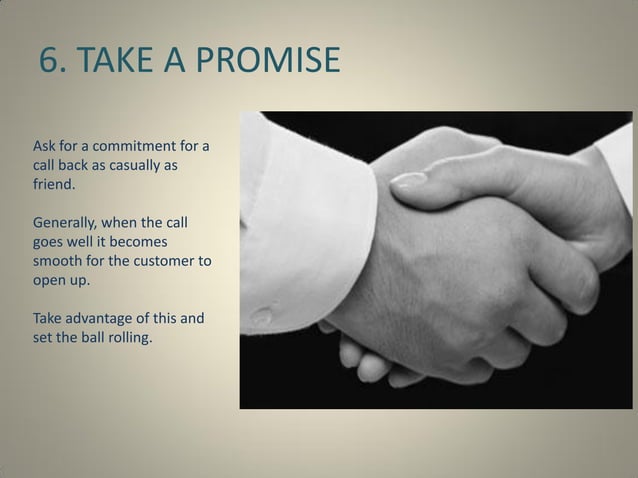
Now, let’s shift our focus to your product or service. What makes it unique? What problems does it solve? How does it improve your customer’s life?
Here’s a framework to help you identify key features and their corresponding benefits:
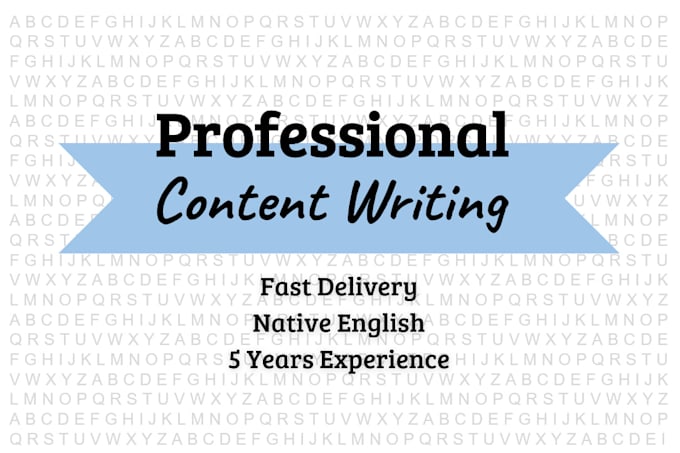
1. The "What" – Feature Identification:

- Functionality: What does your product or service do? Focus on its core capabilities and how it operates.
- Technical Specifications: Highlight any unique or advanced features that differentiate your offering from competitors.
- Materials: If applicable, emphasize the quality and durability of the materials used in your product.
- Design: Is there a unique design aesthetic or user interface that enhances the user experience?

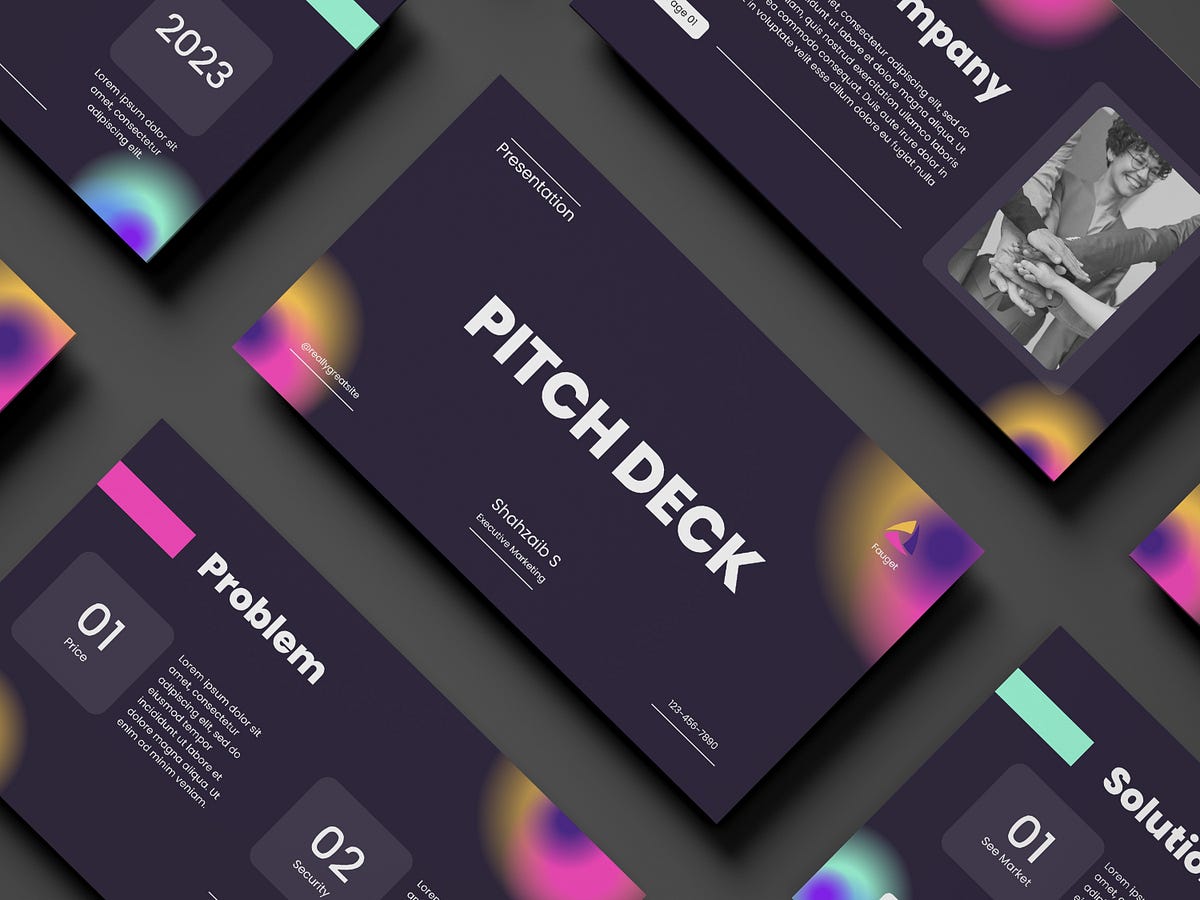
2. The "Why" – Benefit Articulation:
- Problem Solving: How does your product or service address a specific pain point or challenge faced by your target customer?
- Convenience: Does it simplify a task, save time, or offer greater ease of use?
- Value: What tangible or intangible value does it provide? Think about increased efficiency, cost savings, improved health, enhanced enjoyment, etc.
- Emotional Impact: How does your product or service make your customer feel? Does it inspire confidence, create a sense of belonging, or evoke positive emotions?

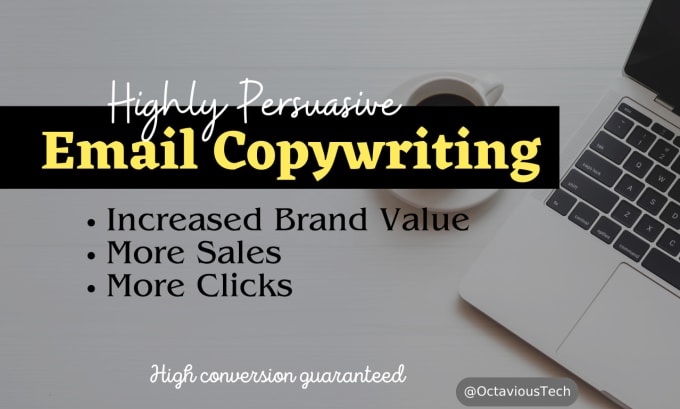

Examples:
Let’s say you’re selling a high-end, handcrafted coffee table:
Feature: Solid walnut wood construction with a hand-applied, durable finish.
Benefit: The table is built to last for generations, adding timeless elegance to your living space.
Feature: Unique, asymmetrical design with intricate hand-carved details.
Benefit: The table becomes a conversation starter, showcasing your discerning taste and appreciation for fine craftsmanship.
Feature: Integrated storage drawer for discreetly storing remote controls or other items.
Benefit: The table offers both beauty and functionality, keeping your living space tidy and organized.
The Power of Storytelling:
While features and benefits are important, they’re most effective when woven into a compelling narrative. Think about how you can:
- Connect with your customer’s emotions: Use storytelling to evoke empathy and create a personal connection.
- Showcase real-world examples: Use testimonials, case studies, or before-and-after photos to demonstrate the tangible impact of your product or service.
- Highlight your brand values: Let your customers know what you stand for and how those values align with their own.
Remember: The key to crafting a successful sales pitch is to focus on the "why" – the benefits that truly matter to your ideal customer. By clearly articulating those benefits and weaving them into a compelling story, you can effectively communicate the value of your product or service and inspire informed purchasing decisions.

